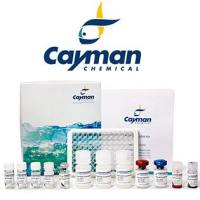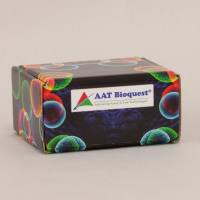Construction and Screening of YAC Libraries
互联网
695
The discovery by Burke et al. in 1987 (
1
) that yeast can accept large pieces of heterologous DNA as yeast artificial chromosomes (YAC) marked a milestone in the analysis of complex genomes. While standard prokaryotic cloning systems, such as plasmids and cosmids, are limited by the size of the DNA fragments they are able to incorporate, YACs allow for the stable integration of exogenous DNA fragments ranging from between 30 kb and several megabases (
2
). Access to large fragments of cloned DNA has facilitated the physical mapping of large loci of interest, chromosomes, and entire genomes and provided a positional cloning approach to genes of interest. The basis of a YAC are the vector arms that contain all functions necessary for mitotic propagation in yeast, including a centromeric sequence (
CEN
), an autonomous replication sequence (
ARS
), telomere sequences (
TEL
), selectable markers (
TRP1
and
URA3
, mediating tryptophan and uracil autotrophy in suitable yeast hosts) and an interruptible marker containing the
Eco
RI cloning site (
SUP4-o
, mediating a red/white color selection for DNA insertion events). The most frequently used YAC vector is pYAC4 (
1
) which, besides the elements mentioned above, contains the
ColE1
replication origin and the ampicillin-selectable marker for propagation in
Escherichia coli
Fig. 1 ).
Fig. 1.
Schematic drawing of the YAC cloning vector pYAC4. Functional elements as well as important restriction sites are indicated.
CEN4
, centromeric sequence;
ARS1
, autonomous replication sequence;
TEL
, telomere repeat sequences;
TRP1, URA3, HIS3
, tryptophan, uracil, and histidine selectable markers;
SUP4
, red/white color selection for DNA insertion events;
ori
, bacterial replication origin and
Amp
R
, ampicillin resistance gene.





